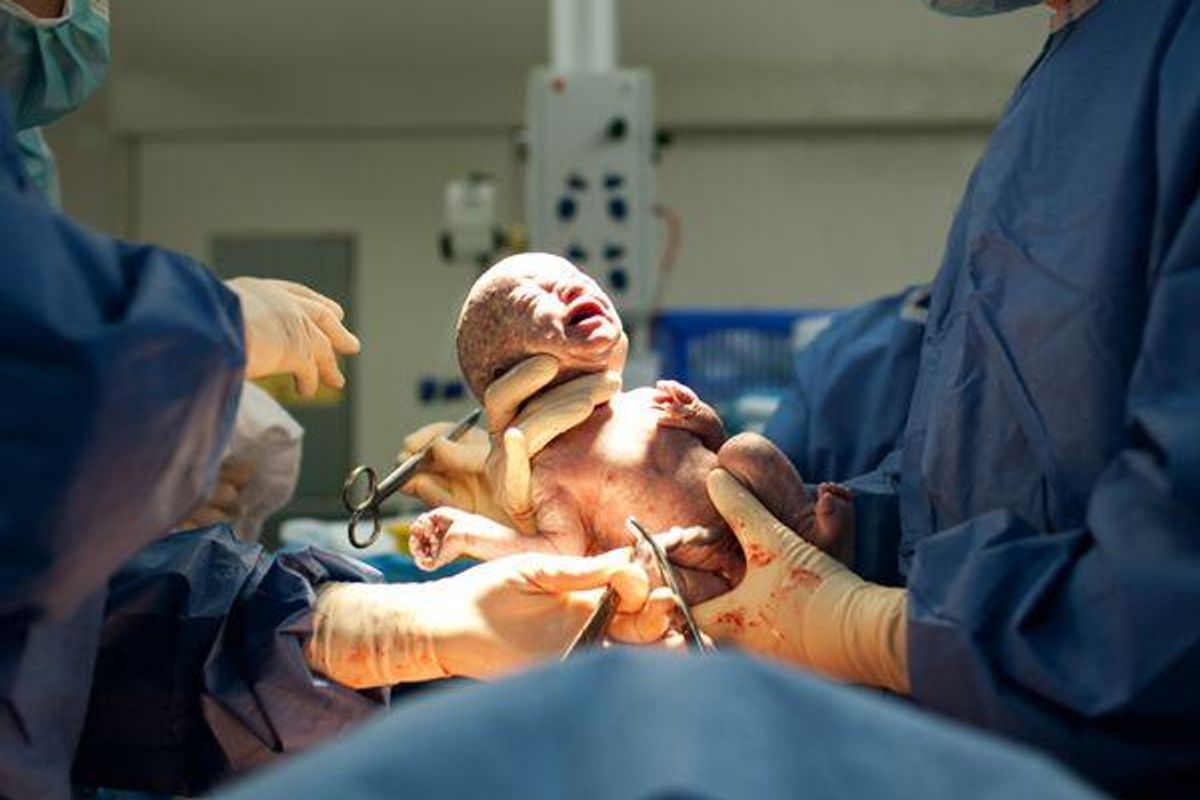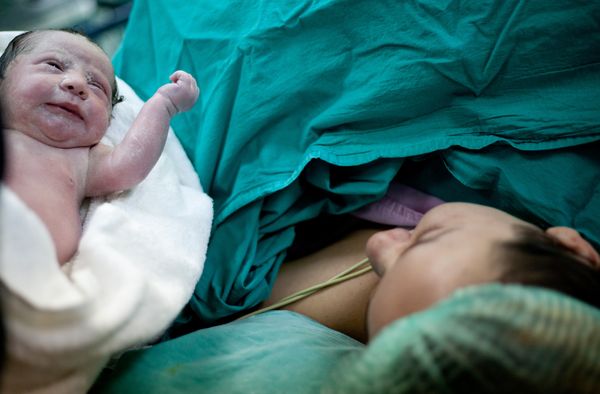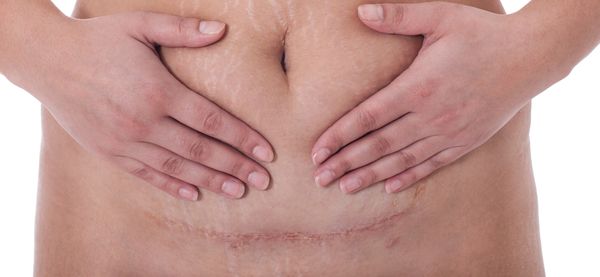There are many reasons women need cesareans. For me, after 17 hours of labor, my daughter's heartbeat slowed down, which resulted in my emergency C-section.
I remember taking deep breaths as they prepped me for the surgery. My husband had to wait in the hall. All I could tell myself was, "soon you'll meet your daughter. Stay calm."
C-sections are the most common surgery in America—about 1 in 3 babies are delivered this way. But even though it's common, it was still difficult to accept. Now looking back, I'm not ashamed of my C-section. I wear my scar as a badge of honor because that's what made me a mother, a title I treasure.
Looking forward to someday having another child, I plan to have another C-section. This time, there is the possibility to switch things up a bit. Some hospitals are offering small but significant changes to the procedure to make it seem more like a birth than major surgery.
The techniques are relatively easy and the main goals simple: Let moms see their babies being born if they want and put newborns immediately on the mother's chest for skin-to-skin contact. This helps stimulate bonding and breastfeeding. This sounds amazing. My daughter's face was held against my cheek after she was born, but I had to wait about 30 minutes to hold her.
Family-centered cesareans are a relatively new idea in the U.S., and many health care professionals and hospitals have no experience with them. The procedure requires some changes, including adding a nurse and bringing the neonatal team into the operating room. And there are a bunch of little adjustments, such as moving the EKG monitors from their usual location on top of the mother's chest to her side. This allows the delivery team to place the newborn baby immediately on the mother's chest. In addition, the mother's hands are not strapped down and the intravenous line is put in the nondominant hand so mom can hold the baby.
Bravo to those health care professionals who are trying to make C-sections more like a birth and less like a surgery. Looking forward to someday having another baby, I hope I get to experience this.







